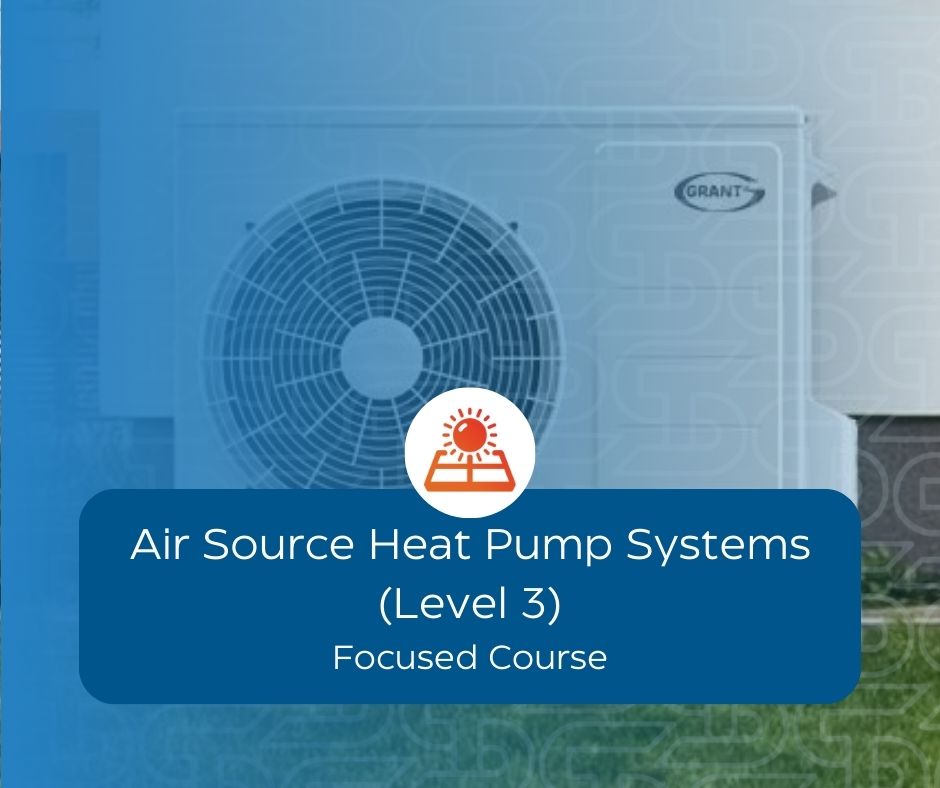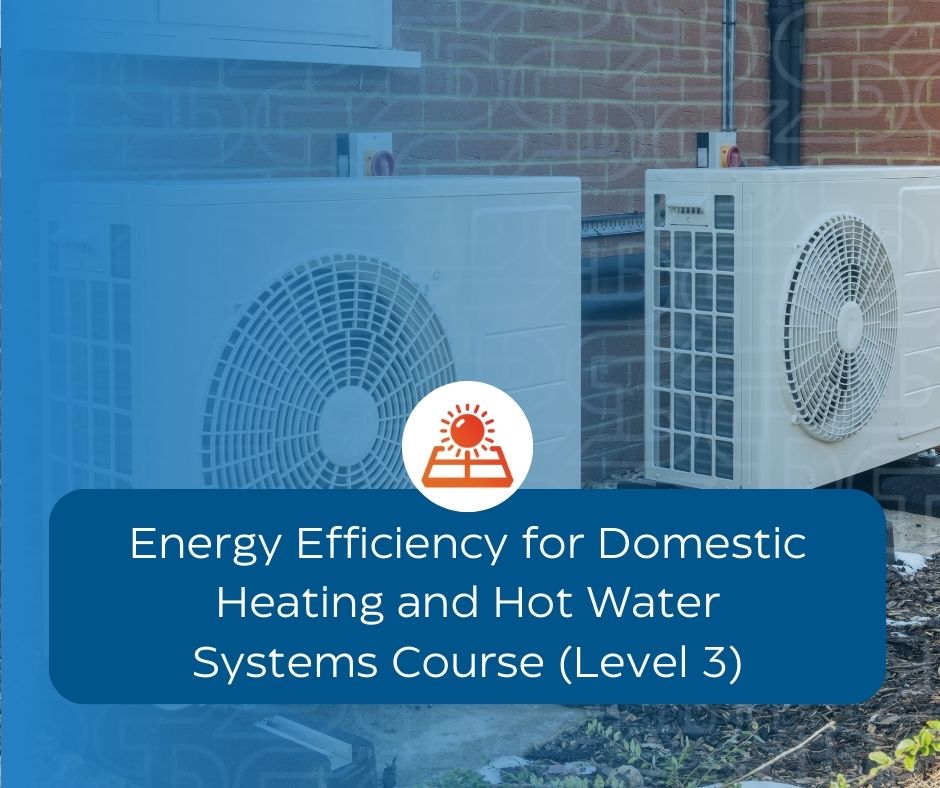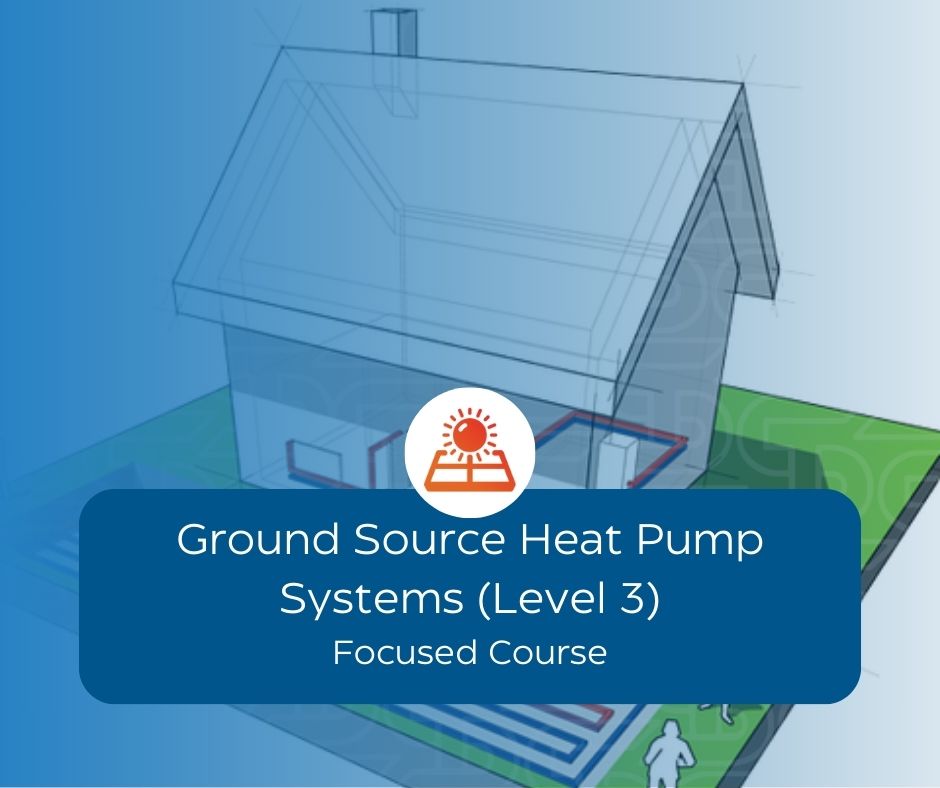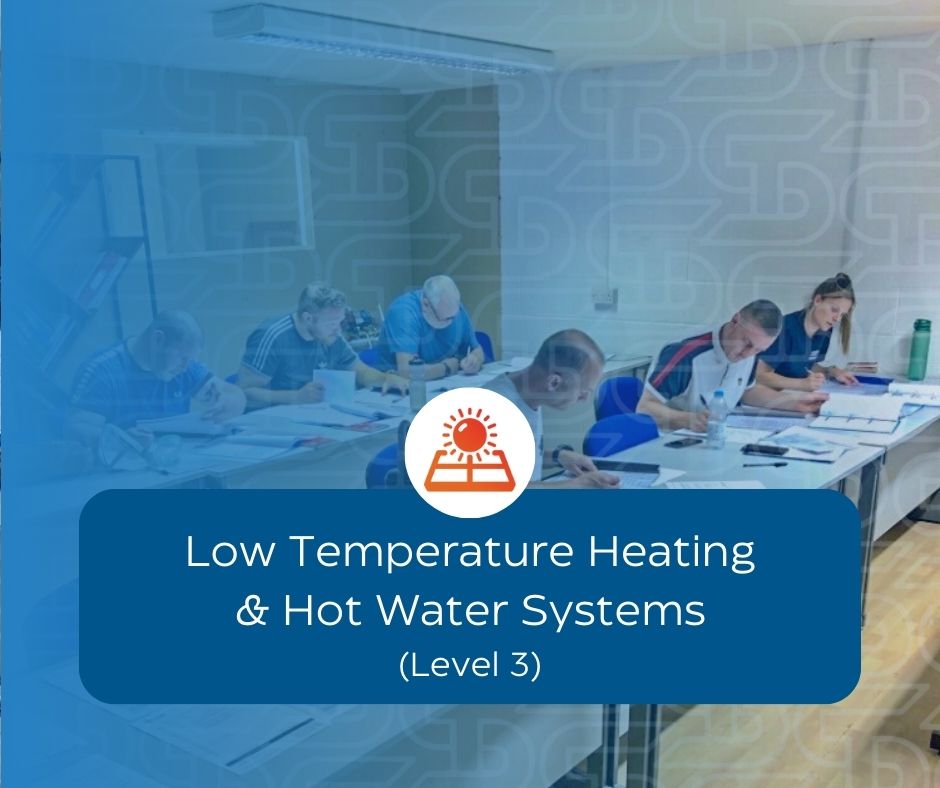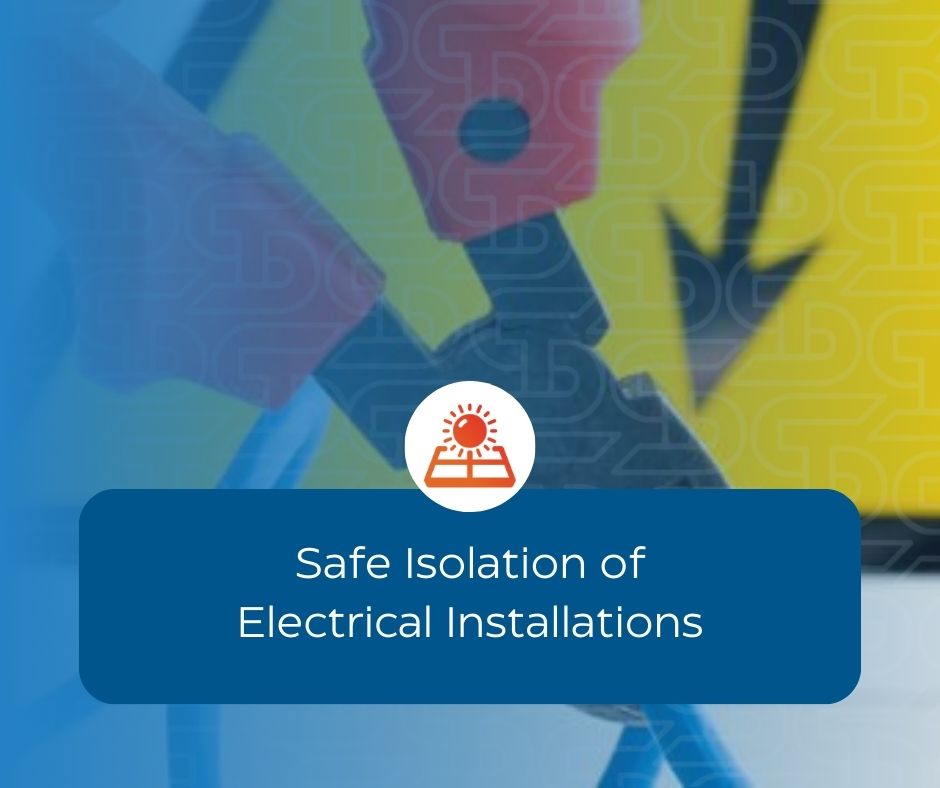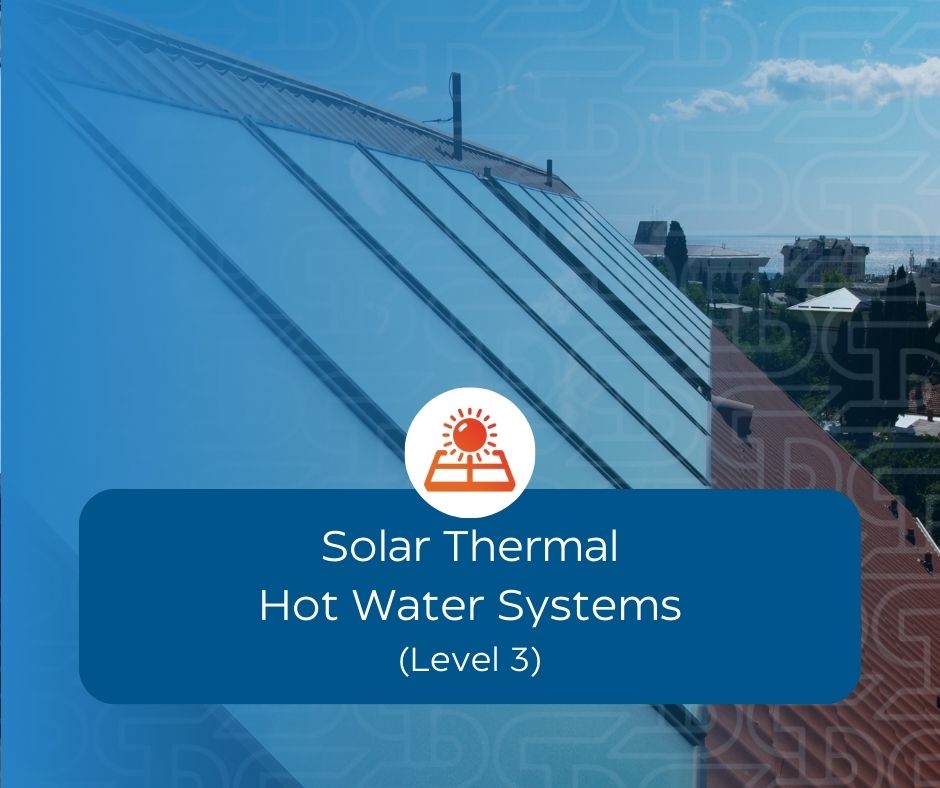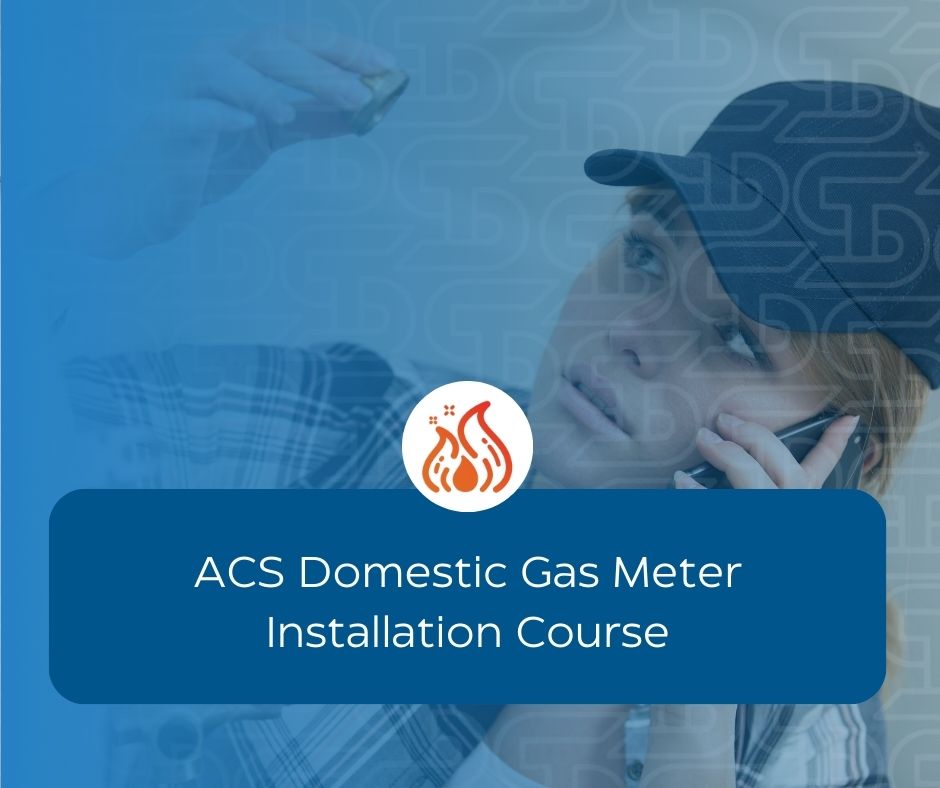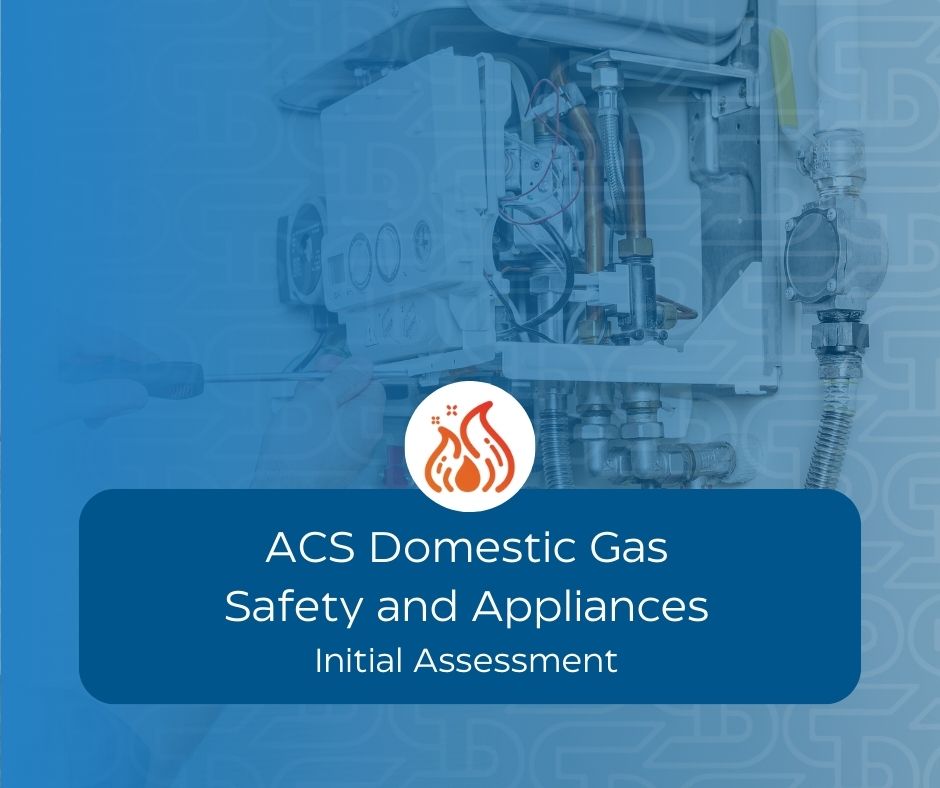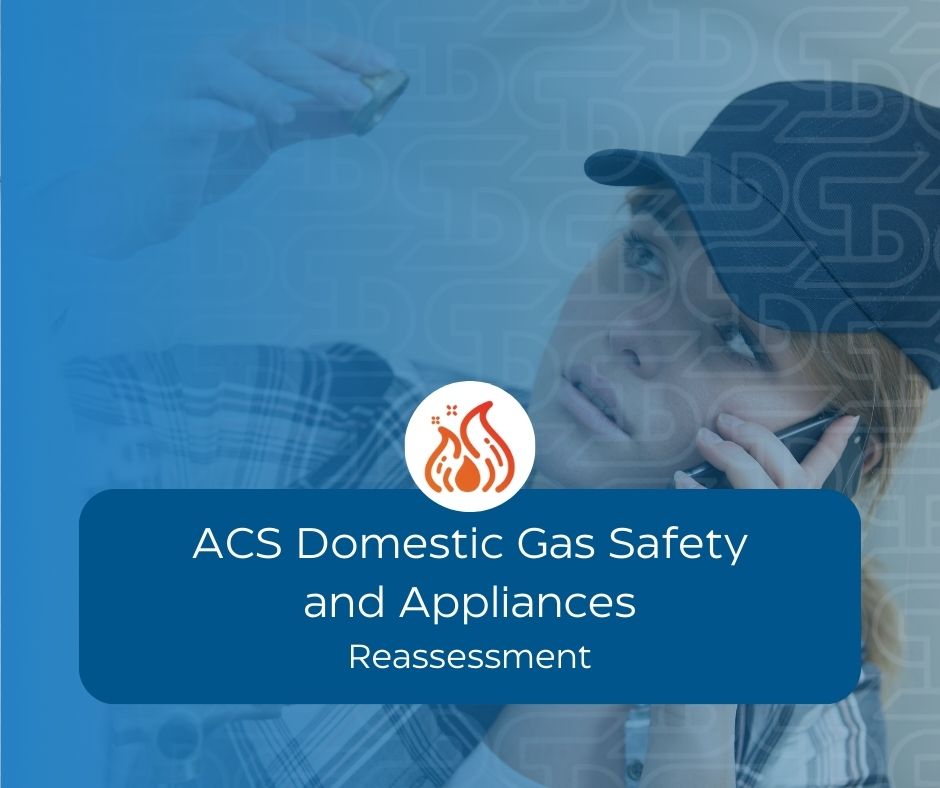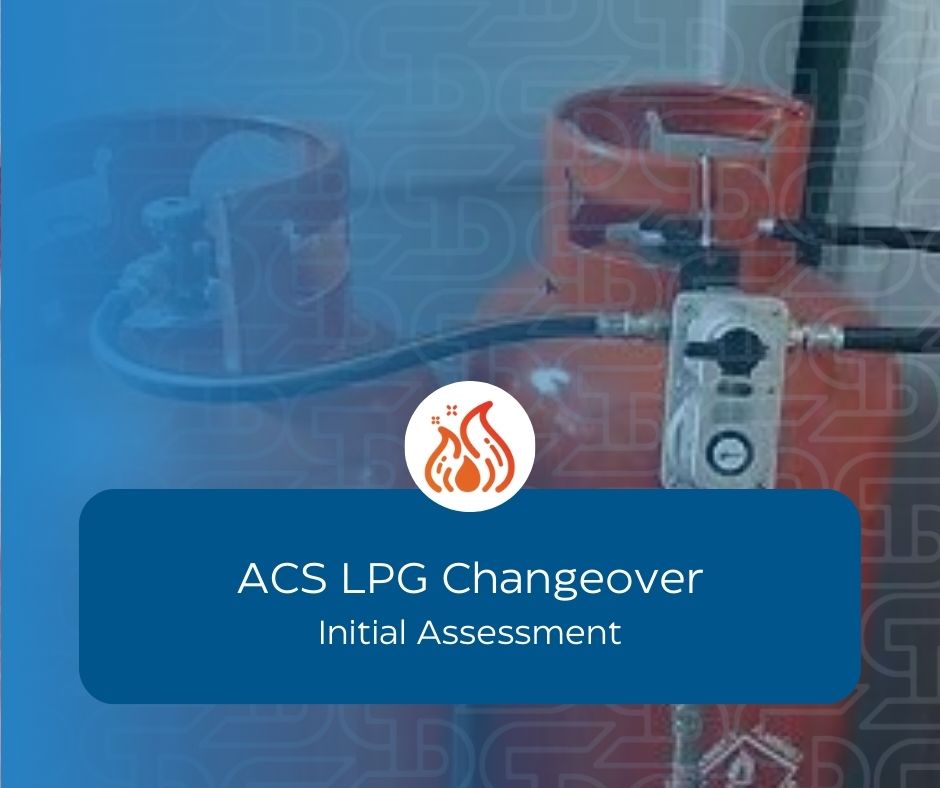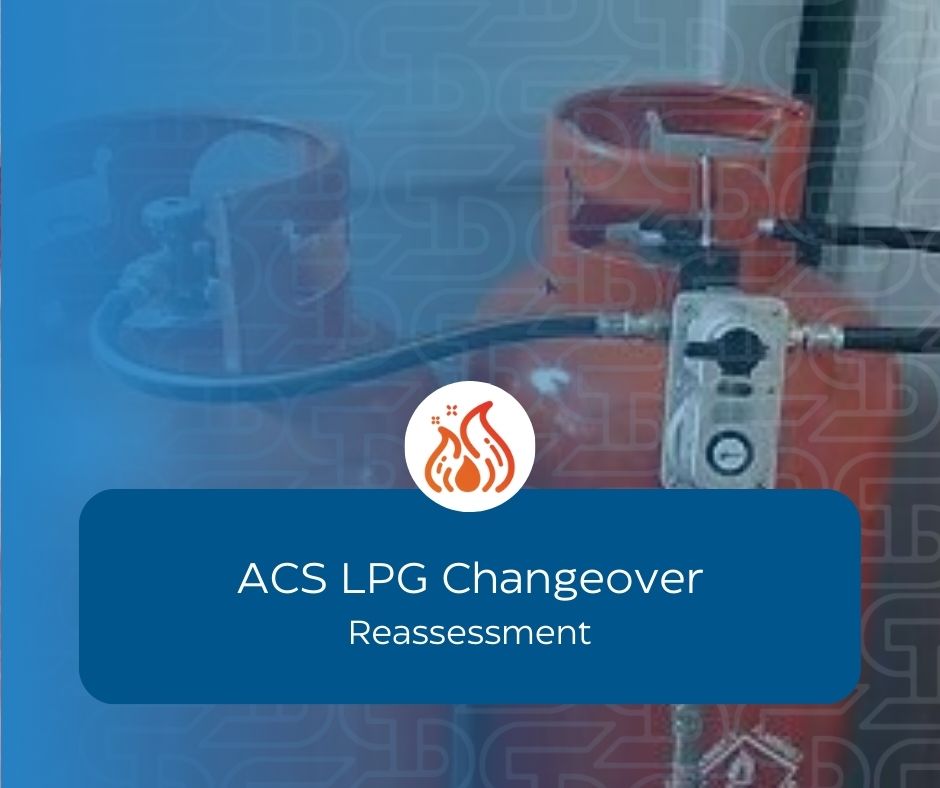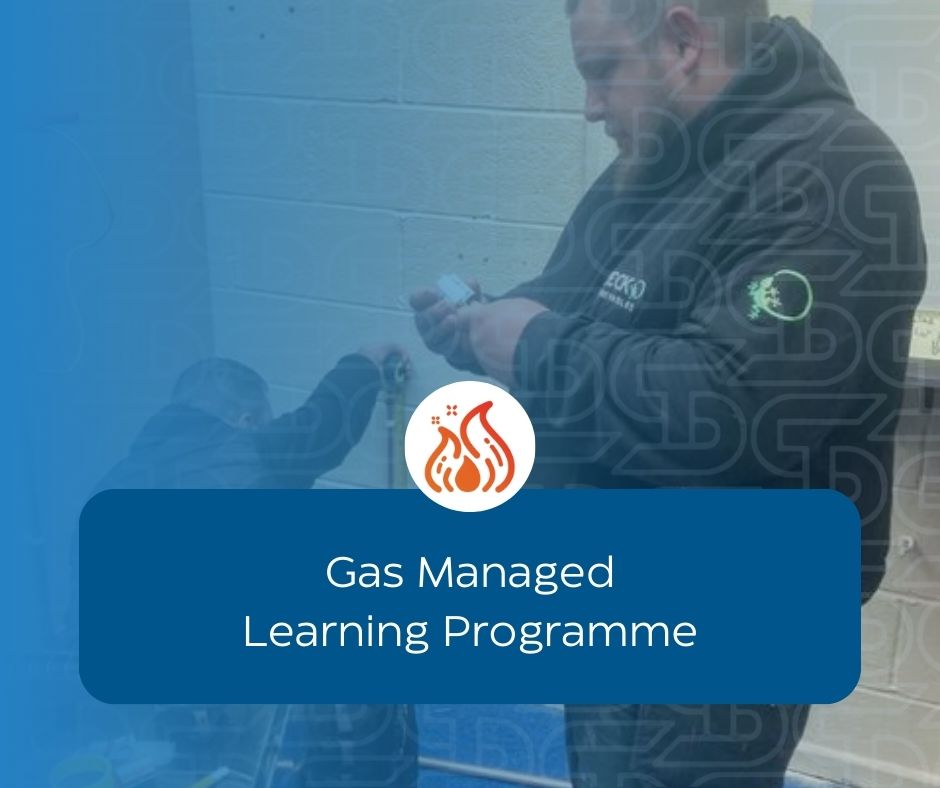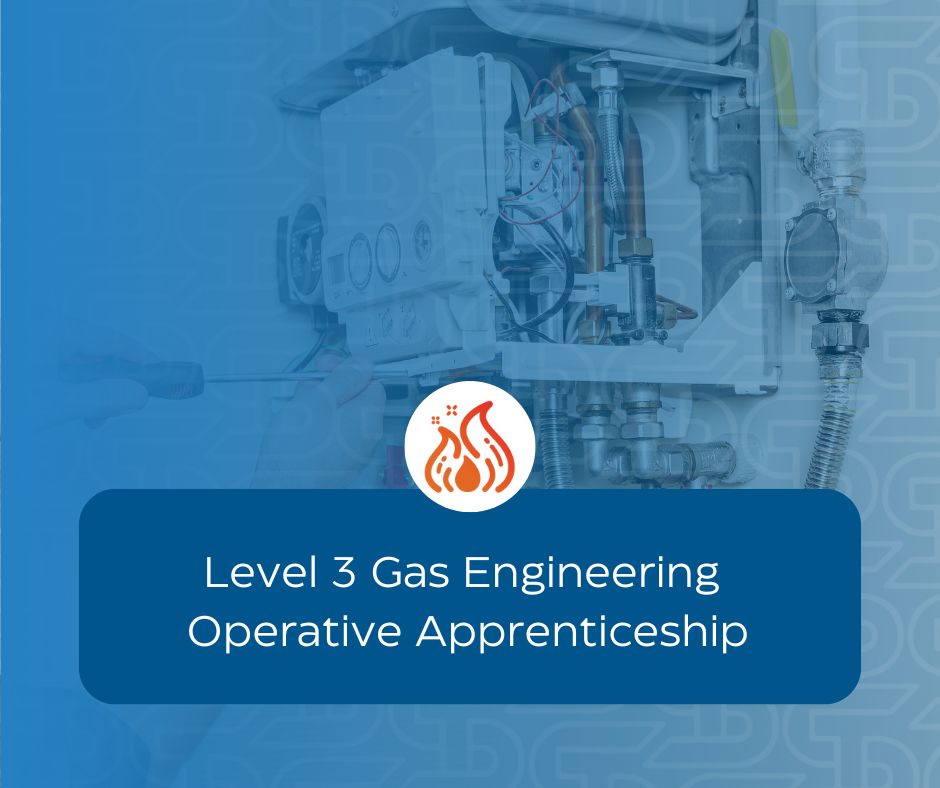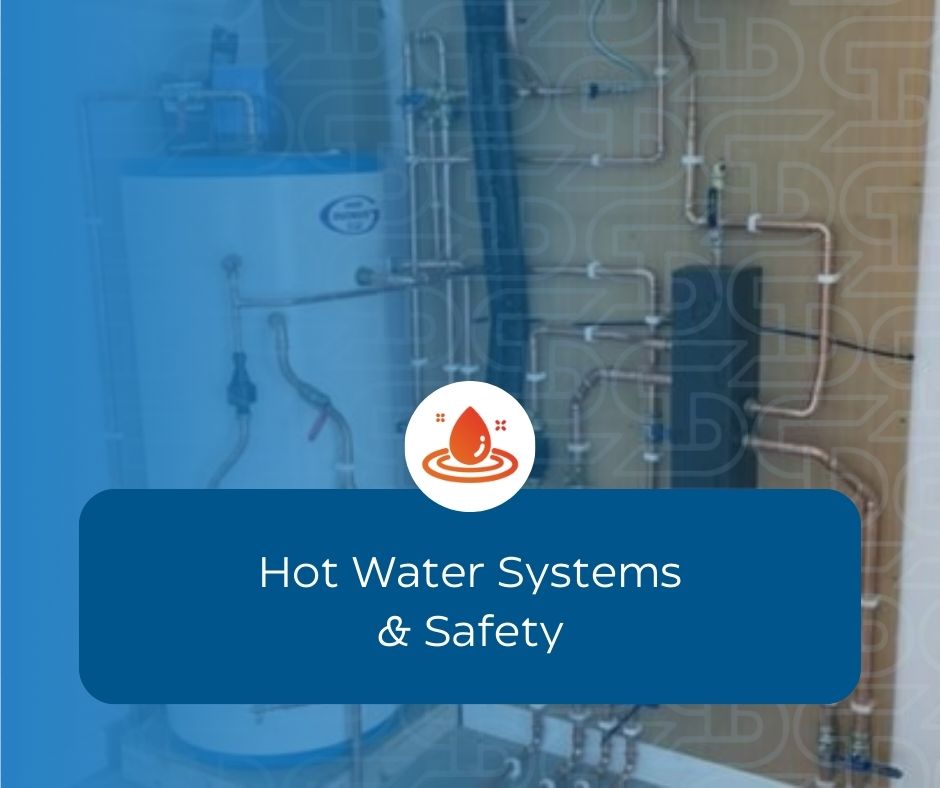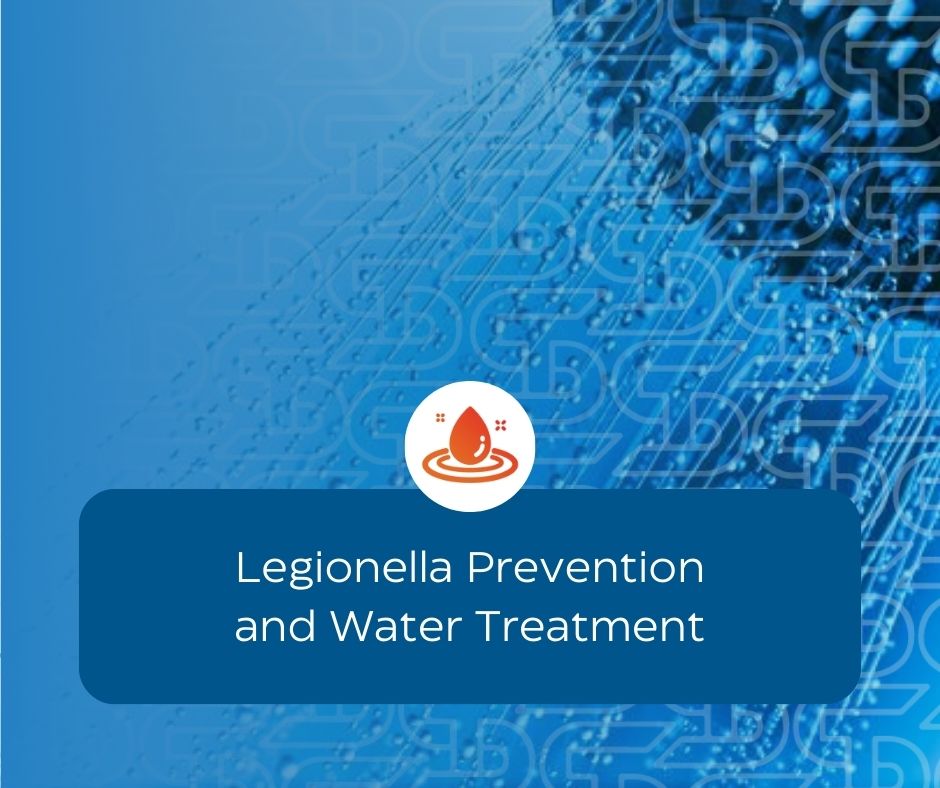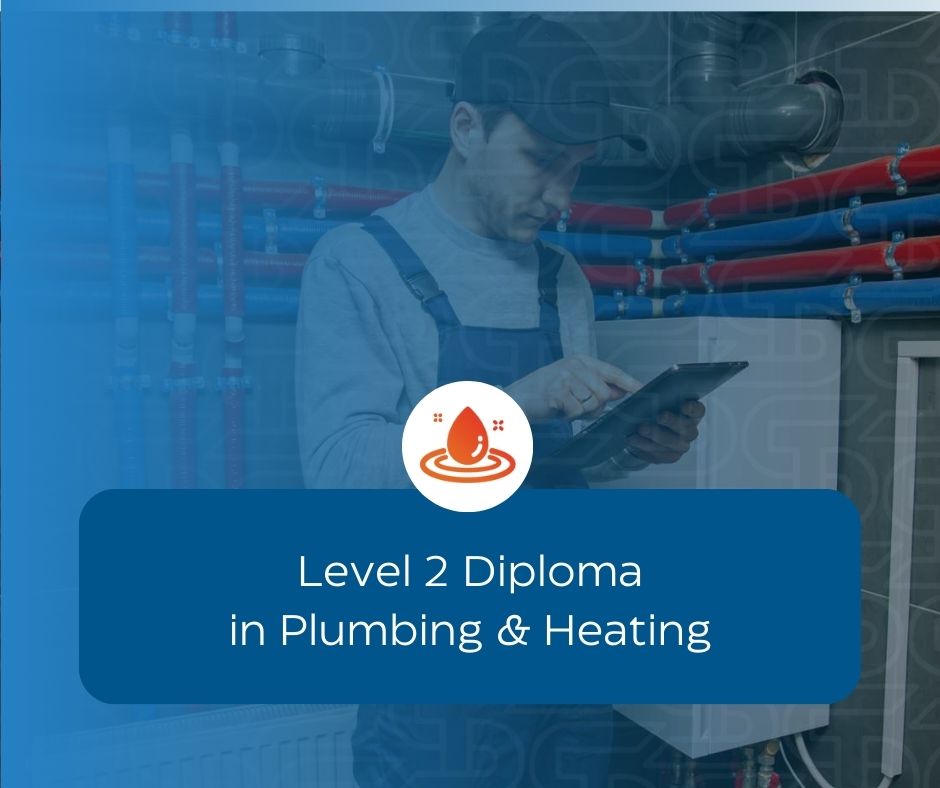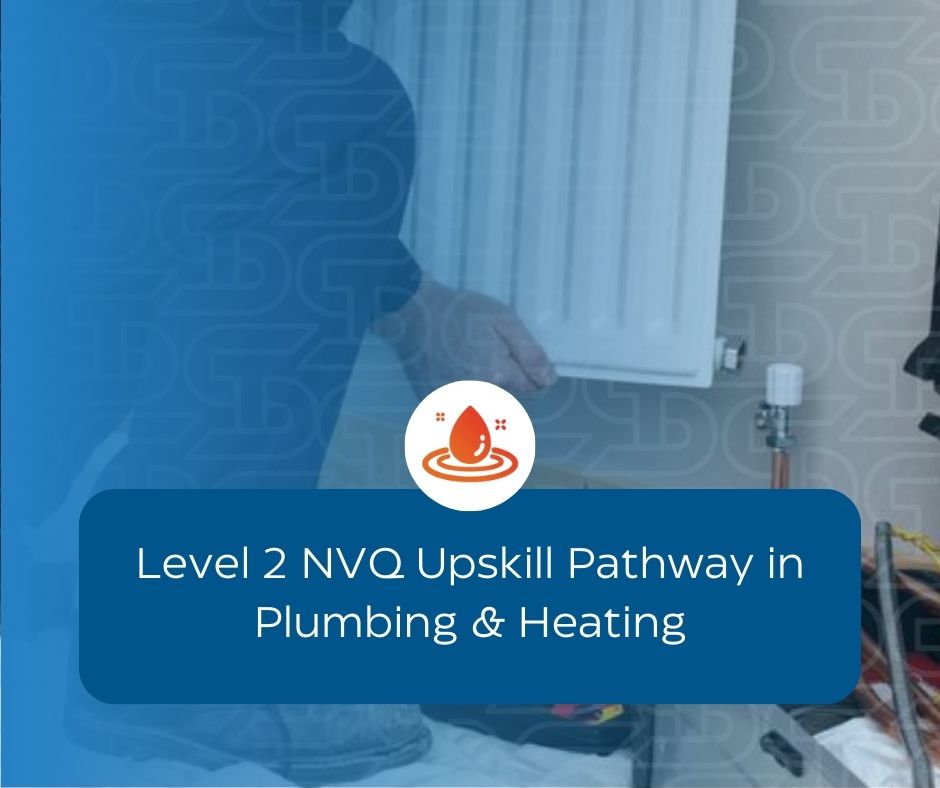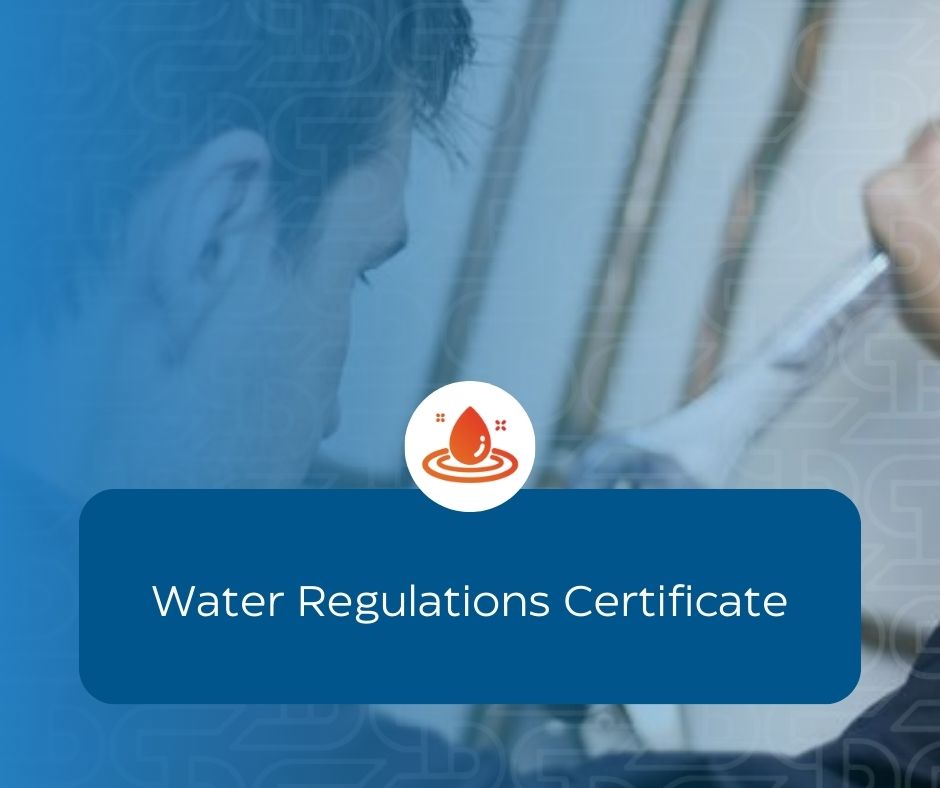Renewables Training Courses
Skill level: Some professional experience/qualifications required
Duration: Three days
Skill level: Some professional experience/qualifications required
Duration: Three days
Skill level: No/minimal experience required
Duration: 1 Day
Skill level: Some professional experience/qualifications required
Duration: 1 day or 4 days with combined course
Skill level: Some professional experience/qualifications required
Duration: 2 Days
Skill level: No/minimal experience required
Duration: One day
Skill level: No/minimal experience required
Duration: 3 Days
Gas Training Courses
Skill level: Some professional experience/qualifications required
Duration: Four days
Skill level: Some professional experience/qualifications required
Duration: 3 days
Skill level: Some professional experience/qualifications required
Duration: 2 days
Skill level: No/minimal experience required
Duration: Three Days
Skill level: No/minimal experience required
Duration: Between 1 and 2 days of self-study and assessment
Skill level: No/minimal experience required
Duration: 18 Months
Plumbing Training Courses
Skill level: Some professional experience/qualifications required
Duration: One day
Skill level: Some professional experience/qualifications required
Duration: One day
Skill level: No/minimal experience required
Duration: 42 Weeks
Skill level: Some professional experience/qualifications required
Duration: Variable; subject to individual capacity and scope of self-study
Skill level: Some professional experience/qualifications required
Duration: One day



